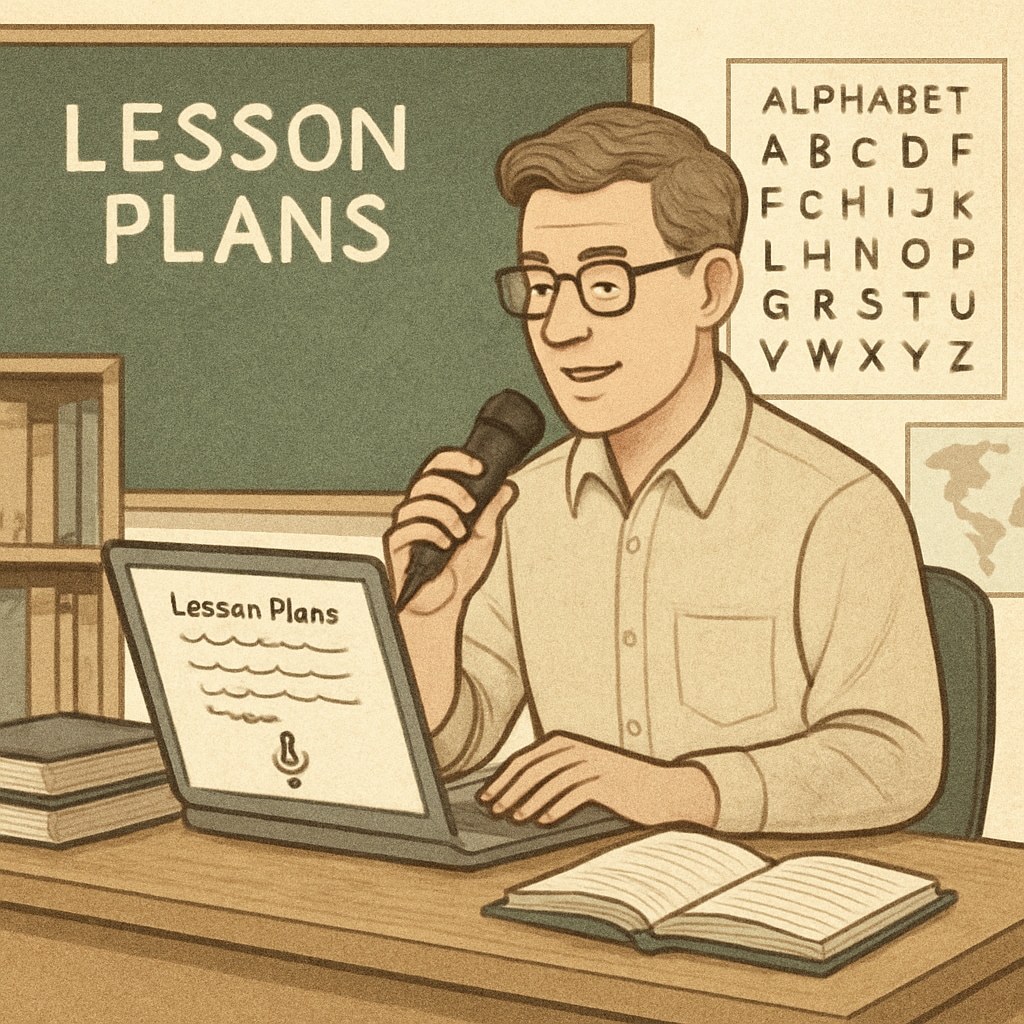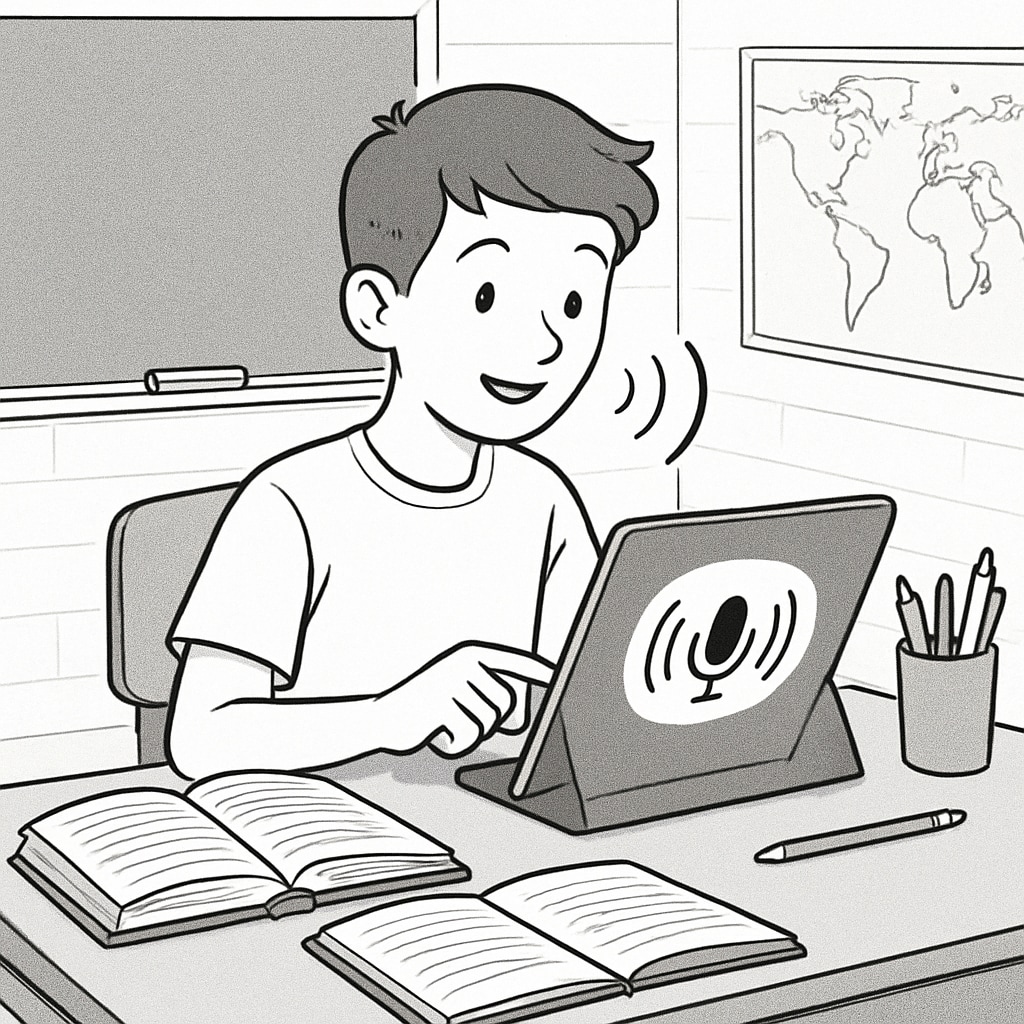In today’s fast-paced classrooms, speech recognition technology is emerging as a game-changer. By integrating tools like WillowVoice, educators can streamline their workflows, enhancing teaching efficiency and enabling more effective education feedback. This article explores the transformative impact of this innovation on K12 education, highlighting its benefits for teachers and students alike.
How Speech Recognition is Reshaping Classroom Efficiency
Traditionally, teachers spend a significant portion of their time on administrative tasks—crafting lesson plans, transcribing student feedback, and documenting classroom activities. Speech recognition technology, however, provides a solution by converting spoken words into text with remarkable accuracy. This allows educators to save time and focus on their core mission: teaching and interacting with students.
For example, WillowVoice simplifies lesson planning by allowing teachers to verbally outline their ideas, which are instantly transformed into editable text files. In addition, real-time transcription during parent-teacher conferences and classroom discussions ensures that no critical insights are missed.
- Speech-to-text tools reduce manual paperwork.
- Teachers can create personalized feedback faster.
- Improved documentation supports better performance tracking.

Enhancing Education Feedback and Student Engagement
Providing timely and constructive feedback is crucial for student success. Speech recognition tools like WillowVoice make it easier for teachers to record their observations and deliver tailored responses to students. This reduces delays and enhances the quality of feedback, encouraging deeper learning.
Additionally, these tools promote student engagement. For instance, teachers can use voice commands to generate quizzes or assessments on the fly, ensuring interactive learning experiences. WillowVoice also enables students to verbalize their insights and questions during activities, which are transcribed for future reference.
- Faster feedback improves student comprehension.
- Interactive learning tools foster curiosity and participation.
- Speech recognition supports inclusivity for students with disabilities.

The Future of Speech Recognition in K12 Education
As speech recognition technology continues to evolve, its applications in education are expected to expand. From automating grading systems to analyzing classroom discussions for insights, tools like WillowVoice are paving the way for smarter and more efficient education practices.
Furthermore, speech recognition aligns with the growing trend of personalized learning. By capturing individual student interactions and feedback, educators can tailor their teaching approaches to meet diverse learning needs. This not only benefits students but also empowers teachers to improve their strategies.
Learn more about speech recognition technology on Wikipedia or explore its applications on Britannica.
In conclusion, speech recognition technology is revolutionizing K12 education by enhancing efficiency and fostering meaningful interactions. With tools like WillowVoice, teachers can focus on what truly matters—helping students thrive.
Readability guidance: Use short paragraphs and lists to summarize key points; ensure smooth transitions between ideas; minimize passive voice usage and long sentences to maintain clarity and engagement.


